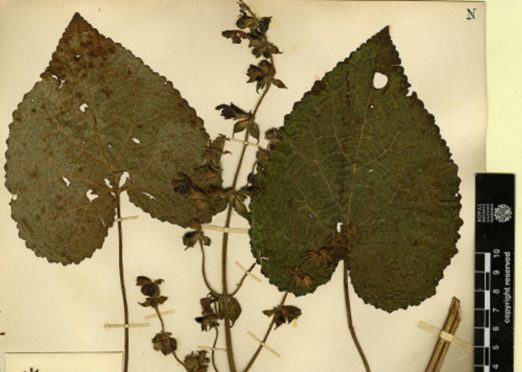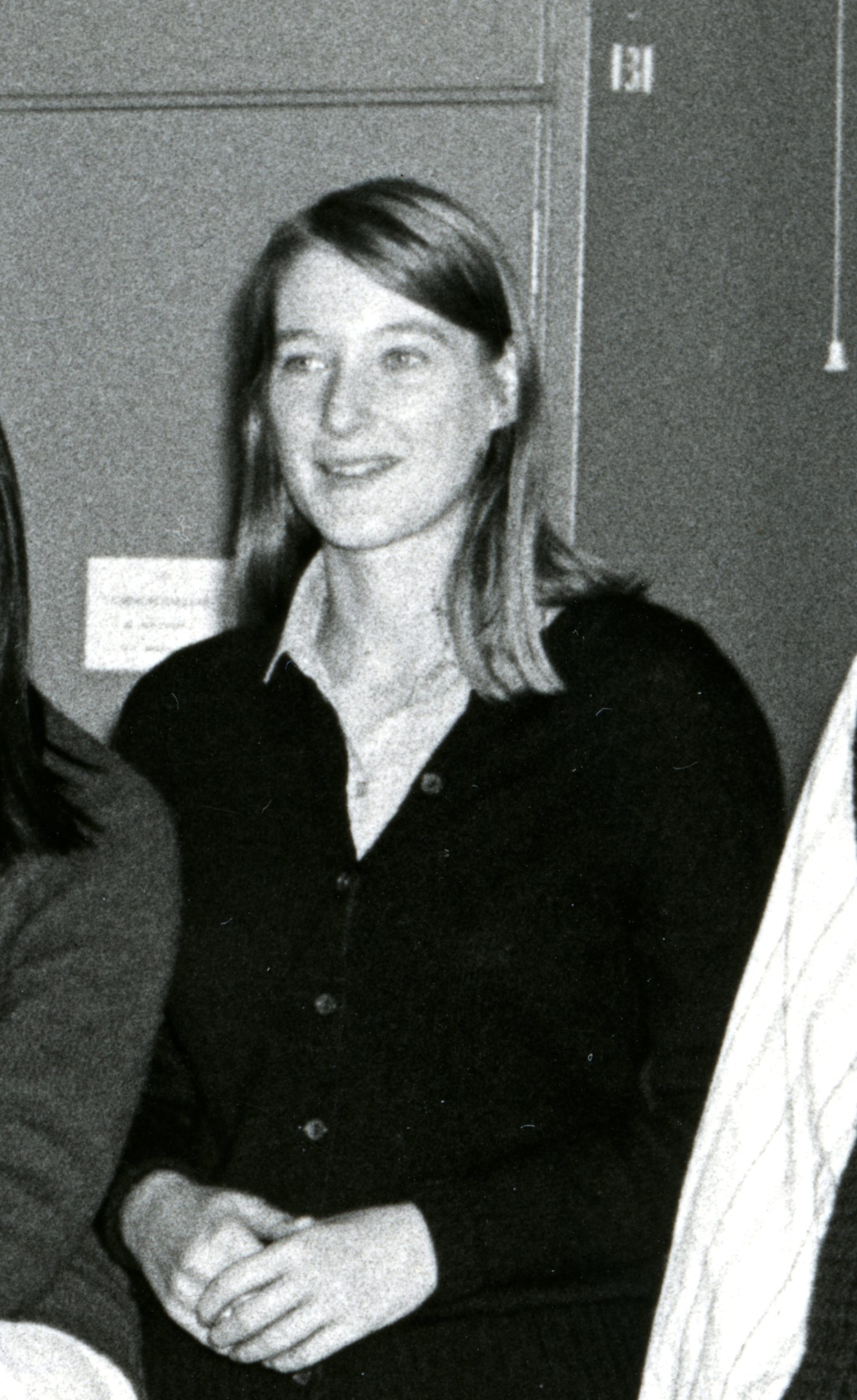
A brilliant botanist who believed she had identified a new species of plant but died before she could prove her theory has had it named in her honour 25 years later.
Rose Clement, a scientist at the Royal Botanic Garden Edinburgh, suspected she had found a previously unknown species while detailing the plants of Bhutan, on the eastern slopes of the Himalayas.
She believed it was a new species of Salvia – part of the mint family – but the research needed to prove it had not been completed her work before her death in 1996 at just 43.
And the research she had done then lay untouched until 2017, when scientists re-examined the specimen and found she had been right – it was a new Salvia.
Now the species has been named Salvia Clementiae in her honour and the findings have just been published online in the Edinburgh Journal of Botany, making it officially recognised.
Dr David Long, a research associate who was Rose’s supervisor, remembered her as gifted and warm, and said her colleagues were devastated when she lost her life to a brain tumour.
He said: “I supervised Rose for about five years so I knew her well and it was so sad what happened. So I’m delighted she is being honoured in this way. Rose quickly went from strength to strength and got promoted up the grades, and was set for a long and distinguished academic career.
“She was one of these people who got so enthused by botany that it affected her whole life, even when she went on holiday she would be looking at plants. It was a measure of her enthusiasm.
“At the botanic garden, she discovered she was in a place that was filling her with interest and enthusiasm for plants.
“She was very engaging. She had a very attractive personality. She smiled and came over as a very warm person and definitely caught people’s attention.”
Rose was born Rosemary King in Berkshire, and developed her love of nature growing up in the countryside. She had no formal qualifications when she joined the Royal Botanic Garden as an assistant scientific officer in the late-1970s, but was supported to study for a degree in ecology with the Open University.
And she thrived in the inspirational surroundings of the famous garden, where she quickly gained promotion to a higher scientific officer at the Herbarium and developed a keen interest in the flora of the Middle East.
Her work focused on the floras of Turkey, Arabia and Bhutan, and she travelled to the far-flung corners of Morocco, Yemen and Bhutan to carry out fieldwork.
It was on a field trip in 1989 while she was writing about Salvia for the Flora of Bhutan, an inventory of the species there, that she discovered a plant that she believed was new.
She collected a cutting, though not a photograph, of the plant that would end up named after her. Dr Long added: “It was brilliant chance for Rose, and she did collect her new species in Bhutan in 1989. It was great that she was able to collect plants she was working on in the growing condition.
“She fell in love with Bhutan and it made a huge difference to her work on the Flora of Bhutan.
“Rose was very cautious. Some people would have rushed and described the species as new, but she thought more checking was needed with the plants from China. She just didn’t have the time to do those thorough checks. It’s so nice that we now know for sure.”
Back at the Herbarium, an extensive library of preserved plant specimens is stored, catalogued and used for scientific research. She compared it to an identical sample of a plant collected in 1913 from the slopes of the Himalayas in what is now the Indian state of Sikkim.
She established the species was not scientifically documented, but checking whether it may have been formally identified in China was the missing piece of the puzzle she was unable to check after her health began to fail. She enrolled at Edinburgh University in 1989 to study for a PhD, but this was another ambition she was unable to complete.
Rose married her husband Charles Clement in 1990, and outside work she pursued her love of travel – always bringing back a sample of moss for Dr Long – as well as hillwalking and squash.
But her bright future was cut short when she began suffering agonising headaches and was diagnosed with a brain tumour. She gave up work in 1994, and died at St Columba’s Hospice in Edinburgh in July 1996, a month short of her 44th birthday.
Her research is still used by scientists at the RBGE, and in 2017 it helped solve the mystery of the plant she had been studying before she fell ill.
Dr Yukun Wei visited Edinburgh from the Chinese Academy of Sciences to work with research scientist Dr Colin Pendry on studying Chinese Salvia collected in the early 20th Century. His expertise and access to Chinese Herbaria allowed the pair to confirm that Rose had been right about the new species.
Dr Pendry, an editor of the Flora of Nepal, said: “It was fortuitous that Yukun was over visiting the Herbarium and his speciality is Salvia.
“Looking at Rose’s species, he thought it was probably different but wanted to check so he went back to China and decided after investigating that it wasn’t a Chinese species, so what she had was definitely a new species for Bhutan. Rose was 90% there.
“I use Rose’s account of the Bhutanese species a lot and it’s a fantastic piece of work.
“She was a very good botanist. Botanists often continue working long after they have retired, so she could have had another 40 years of active work.”

Enjoy the convenience of having The Sunday Post delivered as a digital ePaper straight to your smartphone, tablet or computer.
Subscribe for only £5.49 a month and enjoy all the benefits of the printed paper as a digital replica.
Subscribe © SYSTEM
© SYSTEM © Getty Images/iStockphoto
© Getty Images/iStockphoto